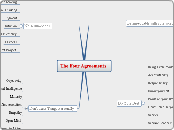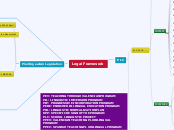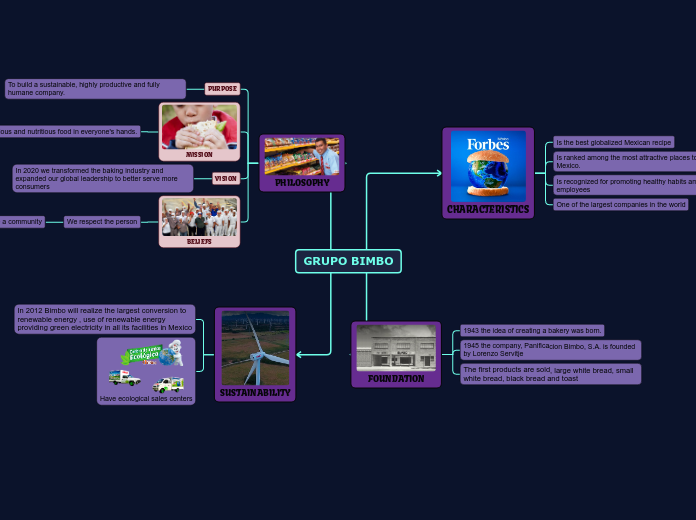von Dipen Bc Vor 8 Jahren
4466
Database
A Database Management System (DBMS) offers various essential functions to ensure the effective management and utilization of data. These functions include transaction support, enabling necessary operations on the database, and data communication support, which facilitates data exchange.









